We love sharing information – sometimes it’s small tidbits and other times its big juicy chunks of info, and every now and again it might be something as simple as a meme to make your smile.We hope you enjoy our blog – which is mostly dog focused but can occasionally be distracted (Travel Tuesday is a lovely distraction but also a great way to get new holiday ideas).

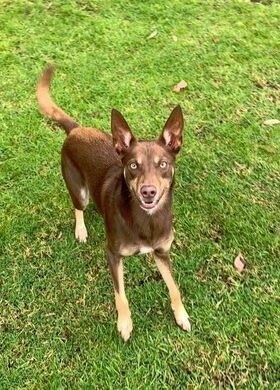
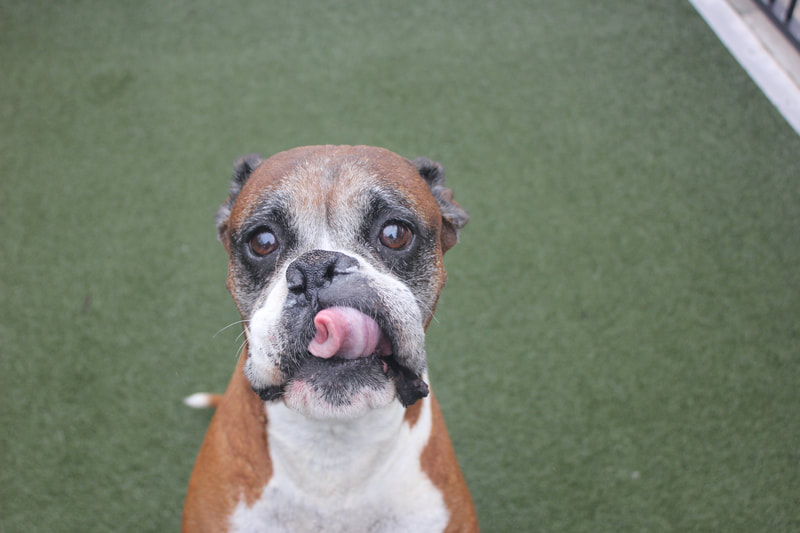
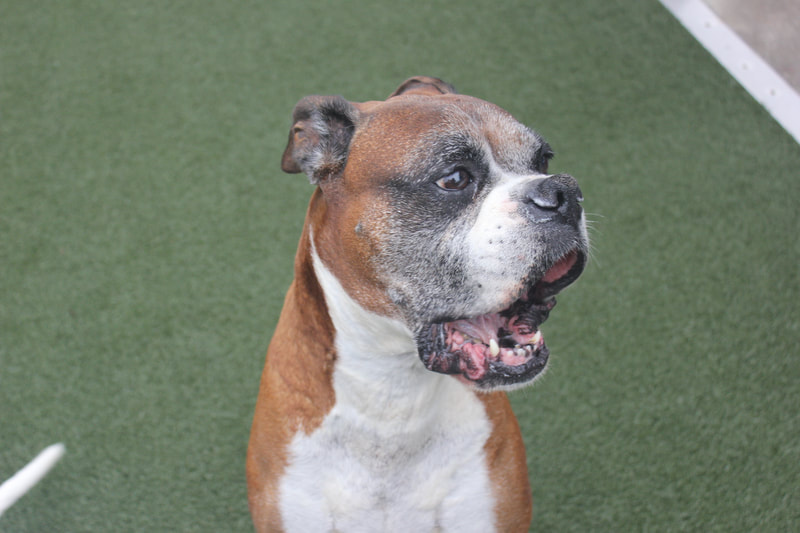
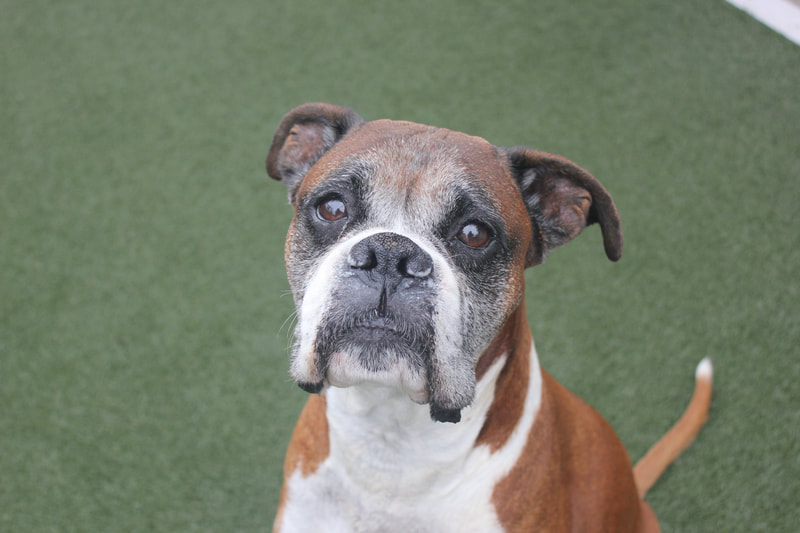
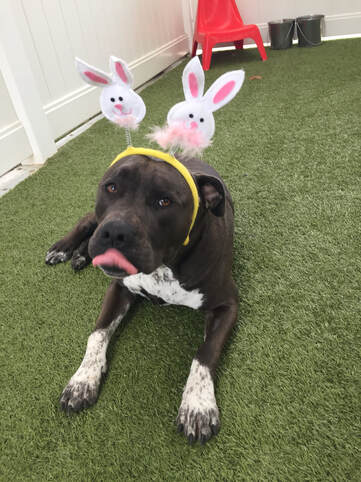
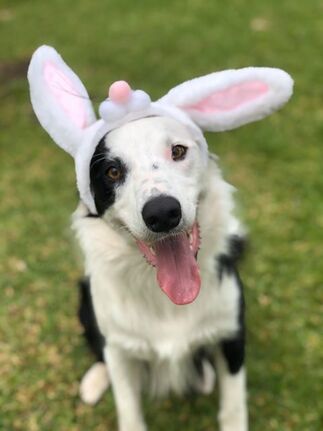
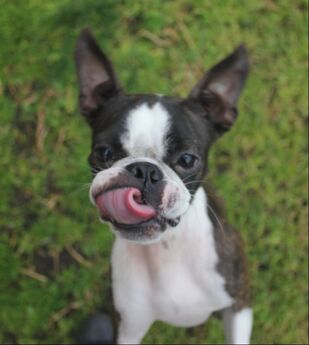
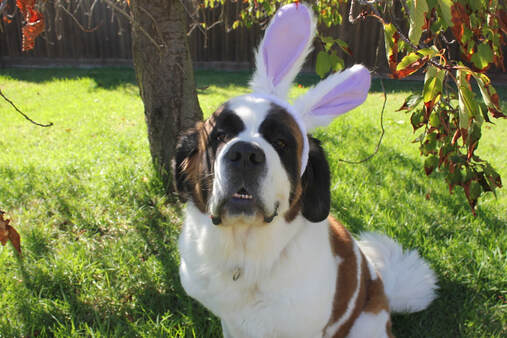
 RSS Feed
RSS Feed
